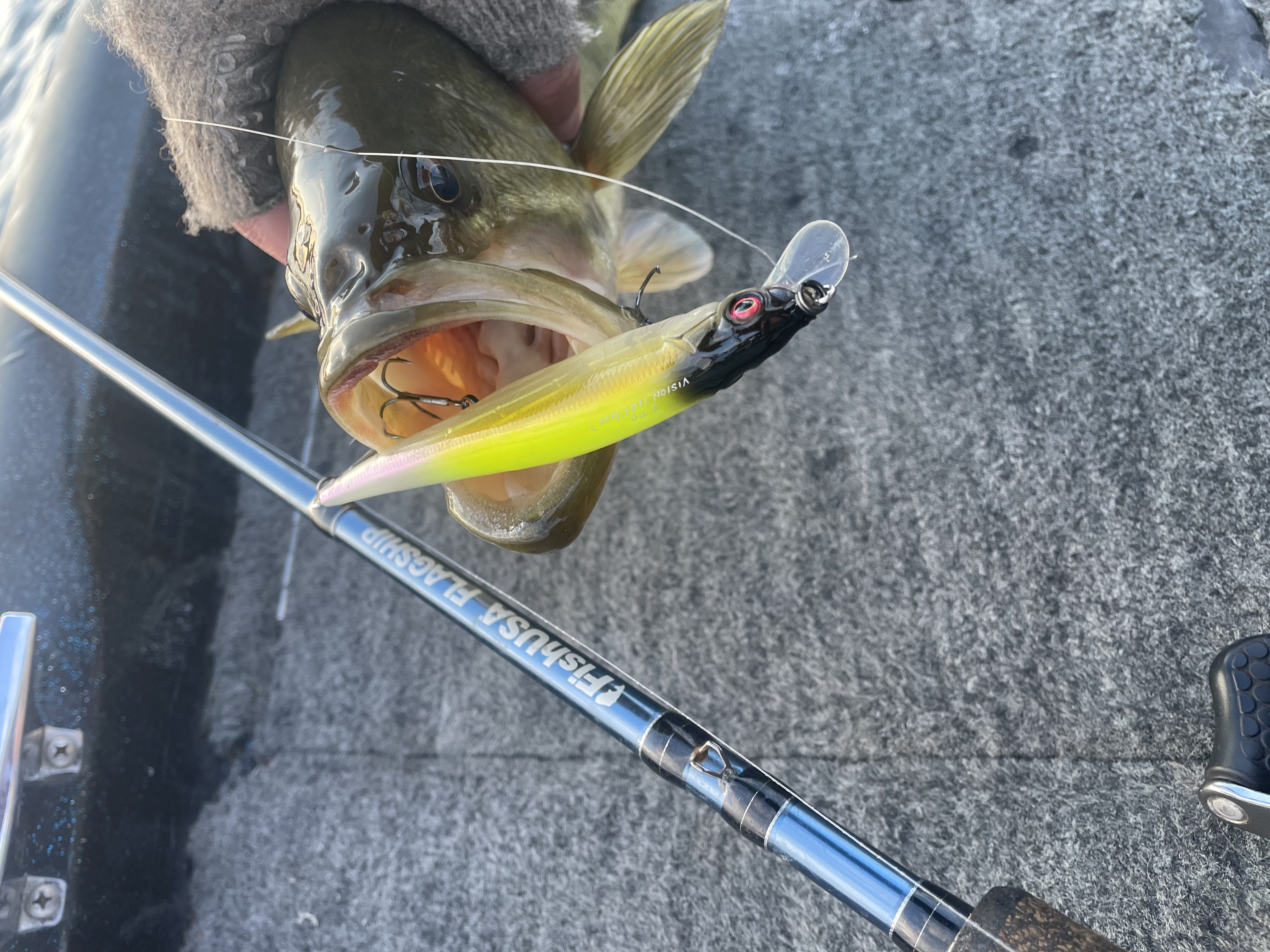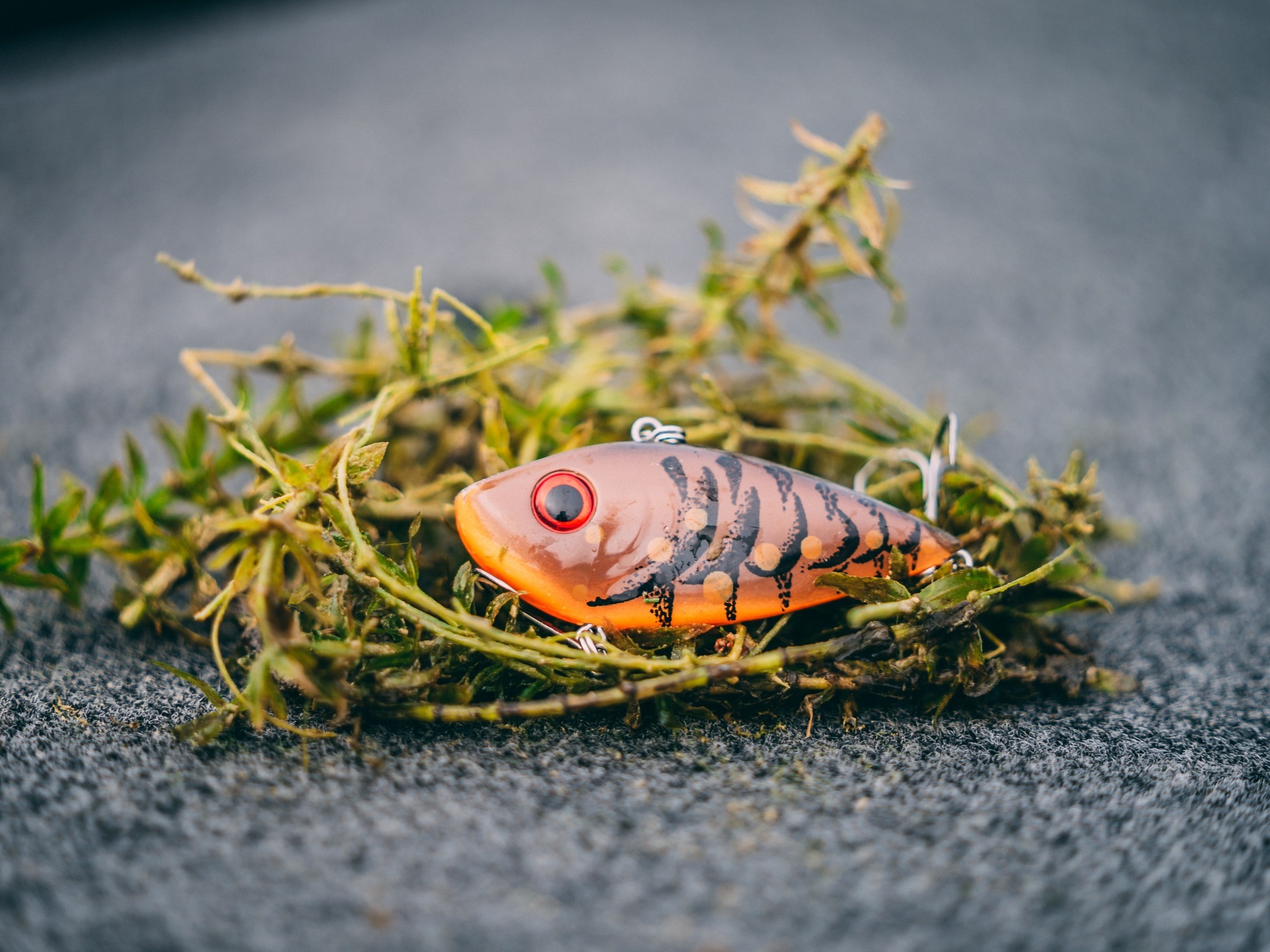Spring Fishing Tips: 7 Game-Changing Tips to Catch More Fish This Season
Table of Contents
1. Slow Down at Ice-Out

2. Add Scent for Better Hookups
3. Find the Warmest Water
4. Use Your Electronics Effectively

5. Follow the Double Cast Rule
6. Focus on Green Vegetation
7. Don’t Be Afraid to Fish Shallow
Bonus Tip: Don’t Overlook Red

Final Thoughts
Shop Fishing Gear & Tackle

